There are so many different types of wine out there, from bubbly to red, white, rosé, and more. While some tastes are universal, others are more specific to location, time of day, and variety of grapes.
Whether you’re a wine aficionado or a casual drinker looking to expand your wine horizons, you’ve probably heard that white wine is the best choice for sipping.
In fact, with a little preparation and common sense, you can enjoy this crisp and refreshing beverage on almost any occasion when you drink wine.
What is White Wine
White wine is made from white wine grape varieties as well as from red wine varietals. They are known as the blanc de noirs – white of black – wines. Red wine grapes which are often used for blanc de noirs wines include Pinot Noir, Merlot, and Cabernet Sauvignon. These are well known among red wine lovers.

White wine grapes include Riesling, Chenin Blanc, and Sauvignon Blanc. White wine is made when the grapes are fermented and then only partially pressed to release the natural sugars in the grape.
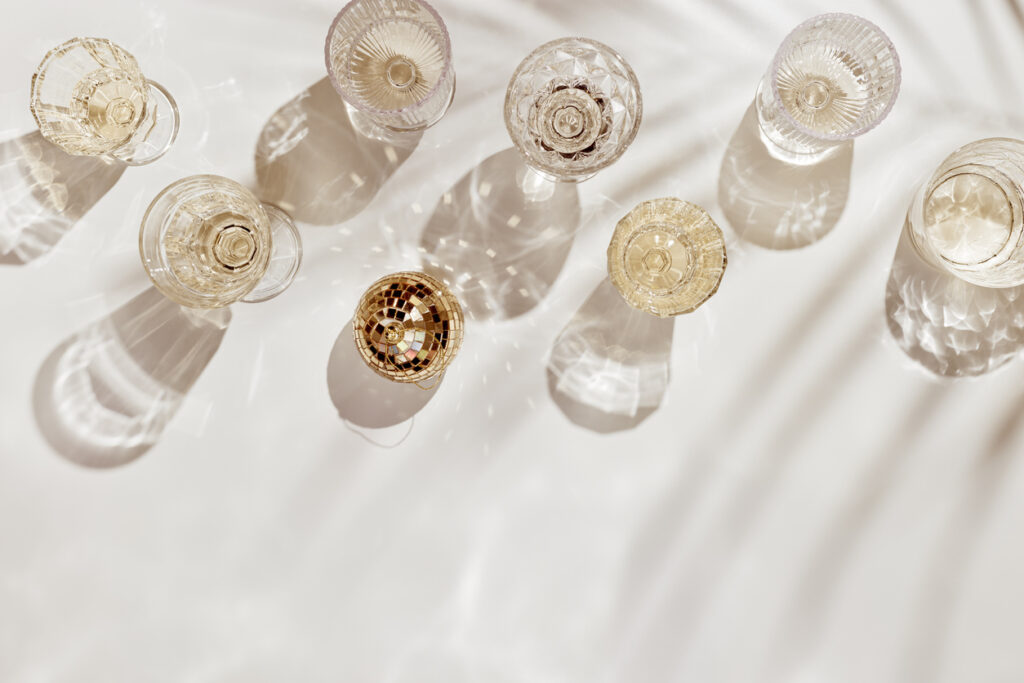
After the juices are extracted, they’re sent to be fermented again in barrels or stainless steel tanks to produce the oak notes often present in white wine.
The Basics Of Drinking White Wine
White wine is often perceived as a refreshing and light alternative to red wine, but it offers a complex range of primary, secondary and tertiary flavors that should be appreciated on their own merit. When you drink white wine you need to understand the basics of white wine starts with recognizing the key grape varieties, including Chardonnay, Sauvignon Blanc, and Riesling, each offering distinct characteristics.
The temperature at which white wine is served can greatly impact its taste; serving it too cold can suppress its flavors, while serving it too warm may enhance the alcohol taste. Additionally, understanding the region where a white wine is produced can provide valuable insight into its flavor profile.
To taste white wine properly, it’s essential to consider not only the primary fruit flavors but also secondary notes such as acidity and minerality. This helps in appreciating the depth and complexity of the wine beyond just its initial taste.

Pairing white wines with food involves careful consideration of complementary or contrasting flavors to create a harmonious dining experience. Ultimately, embracing the basics of drinking white wine entails exploring various styles and regions to develop a personal palate and discover new favorites.
The Best White Wine Serving and Storage Temperature
Whether it’s a crisp Chardonnay or a refreshing Sauvignon Blanc, serving white wine at the right temperature can significantly enhance its flavors and aromas.
How to serve white wine
The generally accepted ideal serving temperature for most white wines is between 45-55°F (7-13°C). However, some white wines, such as oaked and buttery Chardonnay, may benefit from slightly higher temperatures to bring out their full complexity. A simple rule of thumb is to serve lighter, more delicate white wines at cooler temperatures and fuller-bodied whites at slightly warmer temperatures.
This is different for red wines like pinot noir. They`re slightly cooled to 16-18°C to prevent strong alcohol flavor characteristics.
The Best White Wine Glasses
Choosing the best white wine glasse can significantly enhance the overall experience of enjoying a crisp Chardonnay or a delicate Sauvignon Blanc. While there are countless options to consider, some key factors to look for include the shape, size, and material of the wine glass. For example, a tulip-shaped bowl wine glass can help concentrate the aromas and preserve the temperature of the wine, while a thinner rim can ensure a smoother sip without distracting from the wine itself.
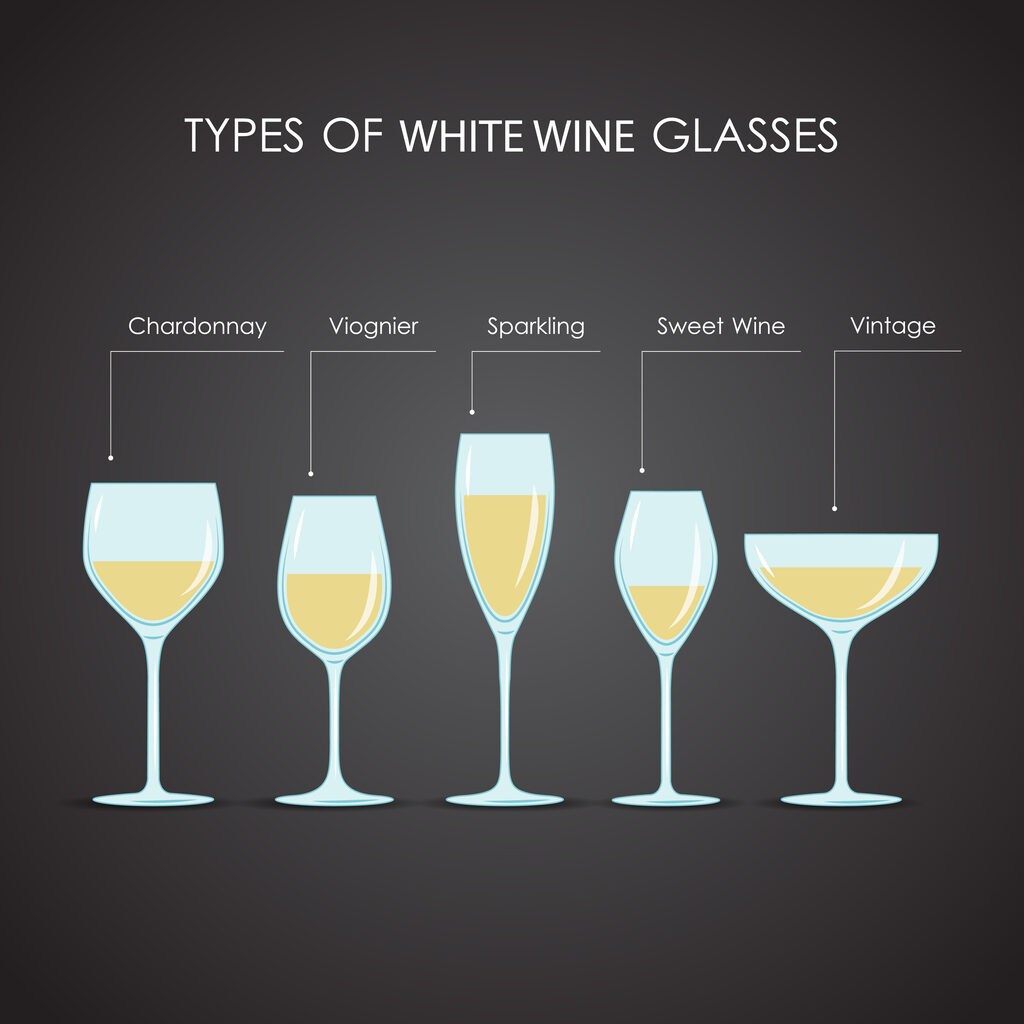
When selecting a white wine glass, it’s also essential to consider how it complements different varietals. For instance, a wider bowl may be more suitable for fuller-bodied whites like oaked Chardonnays, allowing them to breathe and reveal their complex flavors. Meanwhile, a narrower glass might work better for lighter wines such as Pinot Grigio or Riesling.
How to store white wines
When it comes to storing white wine, consistency is key. Ideally, white wines should be stored in a cool, dark place with minimal fluctuations in temperature.
Storing them in a wine fridge set to around 55°F (13°C) will ensure that they age gracefully and maintain their freshness. Avoid keeping white wines in the regular refrigerator for extended periods as the cooler temperature can mute their flavors and damage the delicate compounds within the wine.
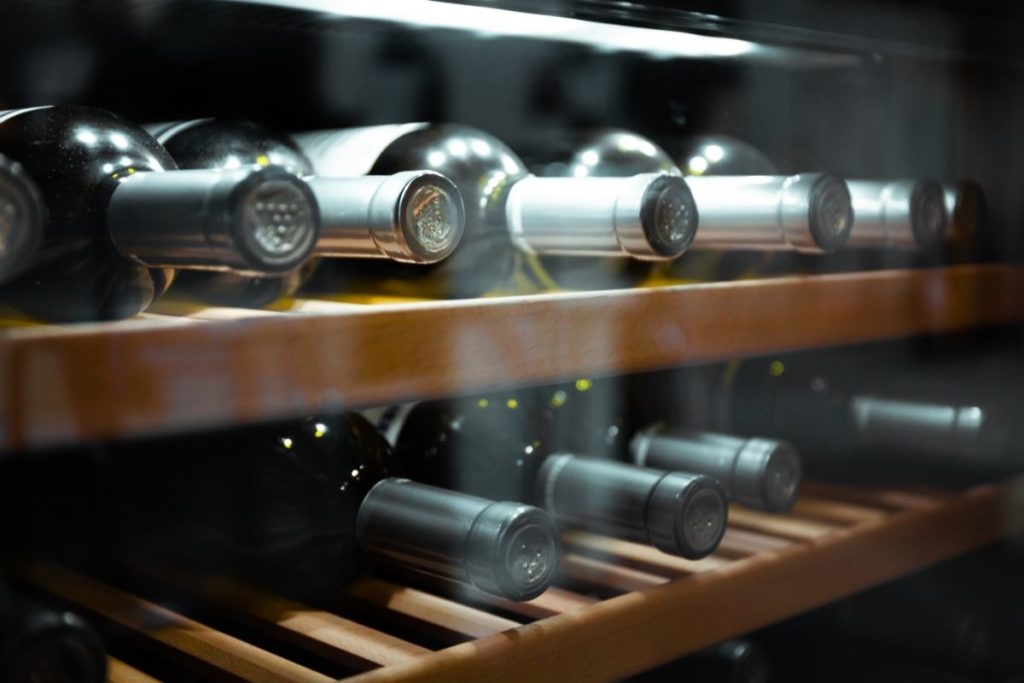
How to cool white wines to serving temperature
One efficient method for cooling white wines to the perfect serving temperature is by using a wine cooler. These handy appliances are specifically designed to chill your wine to the ideal degree, ensuring it’s ready to be enjoyed at its best.
Another convenient option for quickly cooling a single bottle of white wine is by utilizing a single bottle wine chiller. This compact device allows you to rapidly chill a bottle of white wine in just minutes, making it incredibly practical when you need your favorite crisp Chardonnay at short notice. Simply insert the bottle into the chiller and within a few minutes, it will reach the perfect serving temperature—no need for advance planning or lengthy waiting time.
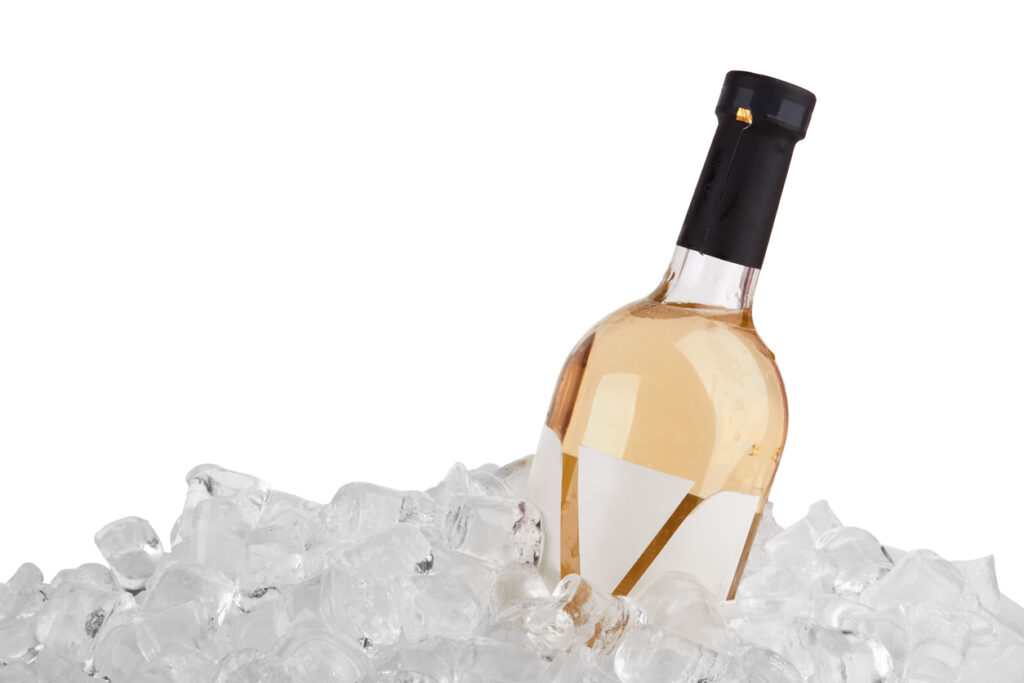
Do White Wines Age Well?
White wines have long been overlooked in the conversation about aging potential, but recent developments are changing this perception. Contrary to popular belief, many white wines can indeed age well, especially those with high acidity or residual sugar.
The trend towards oak-aged Chardonnays and late-harvest Rieslings has also fueled interest in aged white wines. Additionally, advancements in winemaking techniques and storage conditions have enabled white wines to develop complex flavors and aromas over time.
It’s crucial to consider the grape variety and winemaking style when assessing the aging potential of a white wine. Varieties like Chenin Blanc, Semillon, and certain Italian whites exhibit remarkable longevity when properly cellared.
Preparing for your white wine tasting
When preparing for a white wine tasting, consider the importance of the order in which you sample the wines. Start with lighter, crisper wines and then move on to fuller-bodied options. This allows your palate to fully appreciate each wine’s unique characteristics without overwhelming it early on. Additionally, pay attention to acidity levels in the wines. High acidity can enhance flavors and provide a refreshing sensation, while low acidity may result in a dull or flabby taste.

Make sure you taste in the correct order
Another crucial factor to consider is sweetness. Even dry wines have varying levels of perceived sweetness due to factors such as fruitiness or residual sugar. By contrasting different levels of sweetness in white wines, you can develop a deeper understanding of how it impacts flavor profiles and overall enjoyment.
White Wine Glasses Make a Difference
When selecting a white wine glass, it’s also essential to consider how it complements different varietals. For instance, a wider bowl may be more suitable for fuller-bodied whites like oaked Chardonnays, allowing them to breathe and reveal their complex flavors. Meanwhile, a narrower glass might work better for lighter wines such as Pinot Grigio or Riesling. Ultimately, investing in quality white wine glasses tailored to specific preferences can elevate one’s appreciation of these exquisite wines and add an extra layer of enjoyment to every sip.
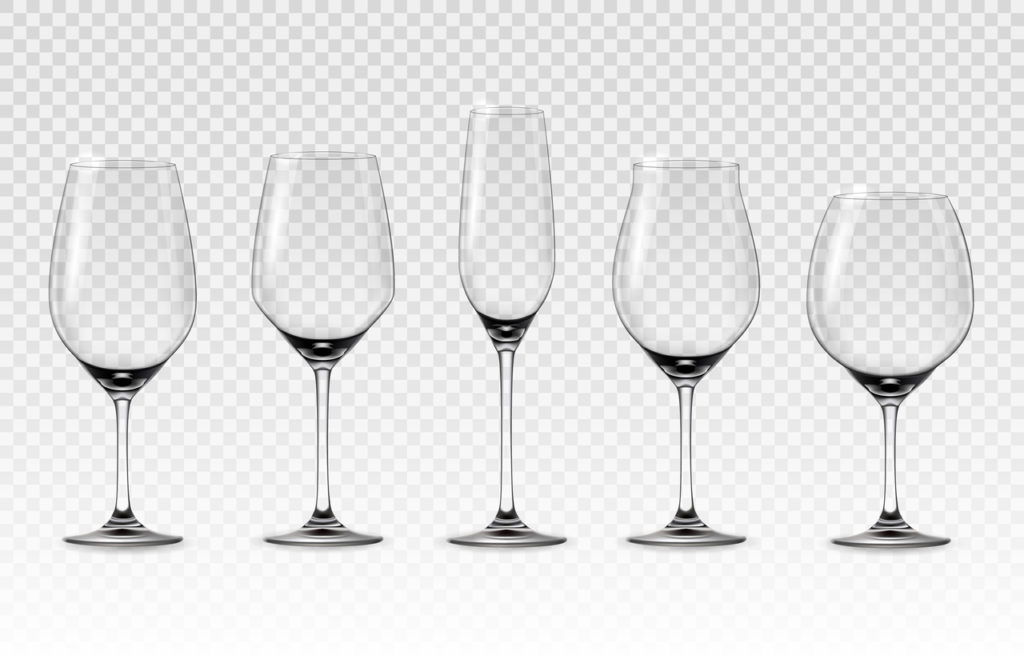
What is “Body” in white wine?
The term body in white wine refers to its texture, weight, and mouthfeel. A full-bodied white wine typically has a rich and creamy texture, leaving a lingering sensation on the palate. It is often associated with wines that have higher alcohol content, more noticeable sweetness, and a fuller mouthfeel. On the other hand, light-bodied white wines are characterized by their crispness, low alcohol content, and refreshing qualities. These wines are often described as delicate and easy-drinking.
When evaluating the body of a white wine, it’s essential to consider factors such as grape varietal, winemaking techniques, and aging process. For instance, Chardonnay can range from light to full-bodied depending on whether it undergoes malolactic fermentation or oak aging. Medium bodied white wines are white wines with an alcohol content between 12,5% and 13,5%.
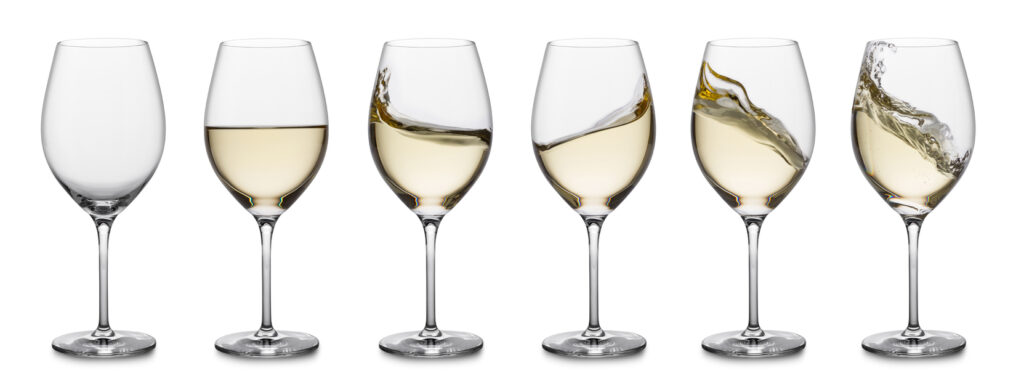
Additionally, the climate and terroir in which the grapes are grown also play a significant role in determining the body of the resulting wine. Understanding the body of white wine allows enthusiasts to explore a diverse spectrum of flavors and textures while enhancing their overall appreciation for this beloved beverage.
White Wine Type: Light and Dry white wine
Their delicate, crisp flavors and refreshing qualities make them perfect for warm weather or as an aperitif. From Sauvignon Blanc to Pinot Grigio, these wines offer a delightful balance of acidity and subtle fruit notes that dance on the palate and please your taste buds. They are versatile enough to complement a variety of dishes, from seafood to light salads, making them an essential addition to any wine lover’s collection.
Examples for light and dry white wine:
- Pinot Grigio and Pinot Gris
- Sauvignon Blanc
- dry Riesling
- Chablis (unoaked Chardonnay)
- Albarino
- Chasselas
White Wine Type: Sweet and Semi-Sweet
Sweet and semi-sweet white wines offer a delightful spectrum of flavors and versatile pairings for any occasion. Often derived from grapes like Riesling, Moscato, and Chenin Blanc, sweet wines are characterized by their residual sugar content, which brings out luscious notes of honey, peach, and tropical fruit.
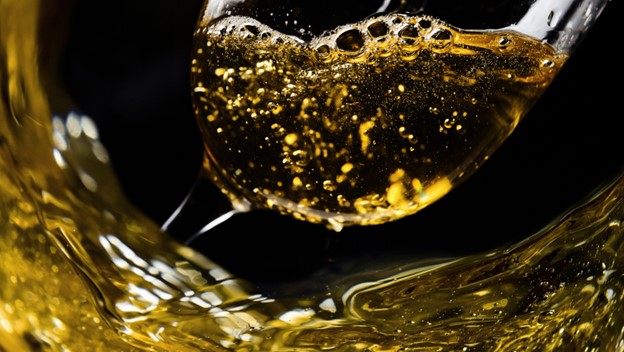
These sweet wines strike a perfect balance between sweetness and acidity, making them an ideal choice for spicy dishes or Asian cuisine. On the other hand, semi-sweet whites such as Gewürztraminer and Viognier present a more nuanced profile with subtle sweetness that complements tangy cheeses or light desserts.
Examples for sweet and semi-sweet white wines
- Tokaji
- Chenin Blanc
- Gewurztraminer
- Sauternes
- Moscato
Blanc de Noirs white wine
Blanc de Noirs, a white sparkling wine and a white wine made from dark-skinned grapes which are used for red and white wine, offers a fascinating departure from the traditional image of white wine. This unique creation is crafted from red or black grapes using a specific pressing procedure that separates the grape juice from the grape skins quickly to prevent color transfer.
The result is a pale-hued masterpiece that defies expectations and challenges the conventions of winemaking. Blanc de Noirs are a perfect choice if you like red or white wine. The acidity of white wines and the flavors of red wine grapes.
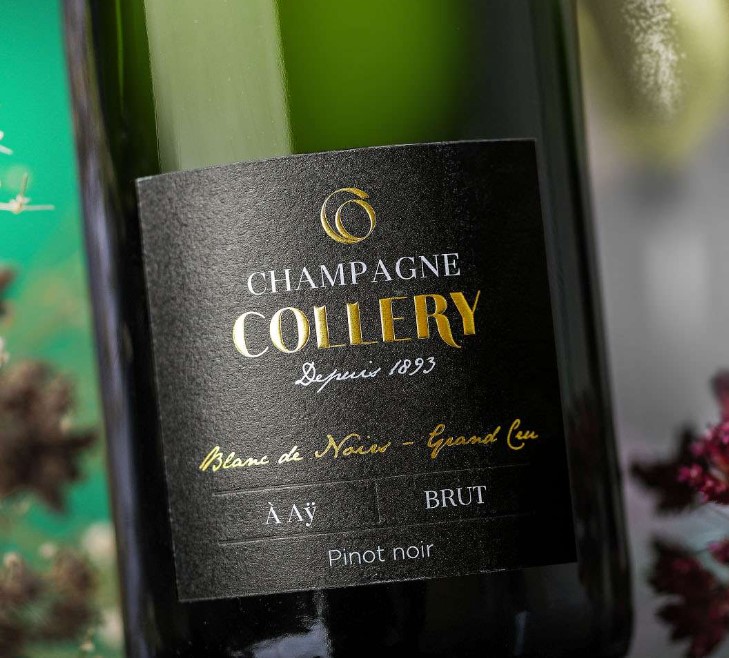
The choice of grape variety and the careful handling during pressing are essential factors in bringing out the distinctive character of Blanc de Noirs. Pinot Noir and Pinot Meunier are often used for this purpose, contributing their nuanced flavors and aromas to the final product.
What Are the Health Benefits of Drinking White Wine?
White wine, often praised for its refreshing taste and versatility, also boasts a range of surprising health benefits. Research suggests that moderate consumption of white wine may help protect the body against various diseases and promote overall well-being.
The presence of antioxidant compounds such as flavonoids in white wine has been linked to reduced inflammation and improved heart health when drinking wine. Additionally, certain types of white wine contain high levels of polyphenols, which are believed to contribute to better cognitive function and may even help slow down the aging process.

Health Effects of White Wine
Studies have pointed to potential benefits for bone density with the moderate intake of white wine. The presence of resveratrol in some white wines has been associated with increased bone mineral density, indicating a potential role in preserving bone strength and reducing the risk of osteoporosis.
As with any alcoholic beverage, it’s important to emphasize moderation when enjoying these potential health perks—overindulgence can counteract these benefits by introducing negative effects on liver function and increasing the risk for other health issues.
Essential Vitamins and Minerals
White wine, while often associated with indulgence and relaxation, also offers a surprising array of essential vitamins and minerals. One such nutrient is resveratrol, a powerful antioxidant found in the skin of grapes used to make white wine. Resveratrol has been linked to numerous health benefits, including improved heart health and potential cancer-fighting properties. Additionally, white wine contains small amounts of vitamins C and B6, which play crucial roles in supporting the immune system and metabolic functions.

When it comes to minerals, white wine provides moderate levels of potassium and magnesium. Potassium is essential for maintaining healthy blood pressure levels and supporting muscle function. Meanwhile, magnesium contributes to bone strength and aids in energy production within the body.
Conclusion
If you’ve been wondering what to drink at every social event, you’re lucky. White wine is the perfect drink for almost any occasion. From weddings and barbecues to glasses at the dinner table, white wine is the perfect beverage to accompany almost any type of food.

